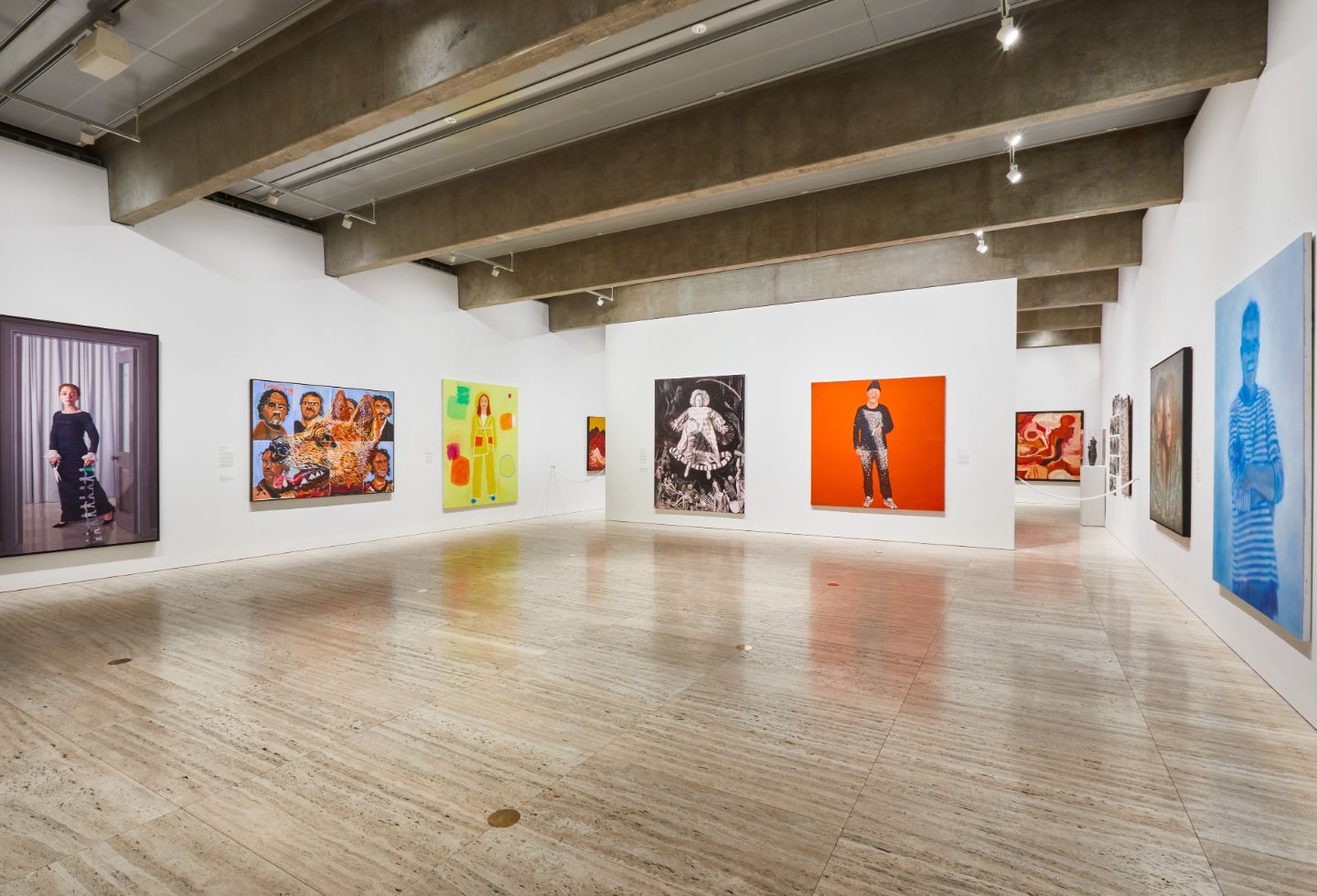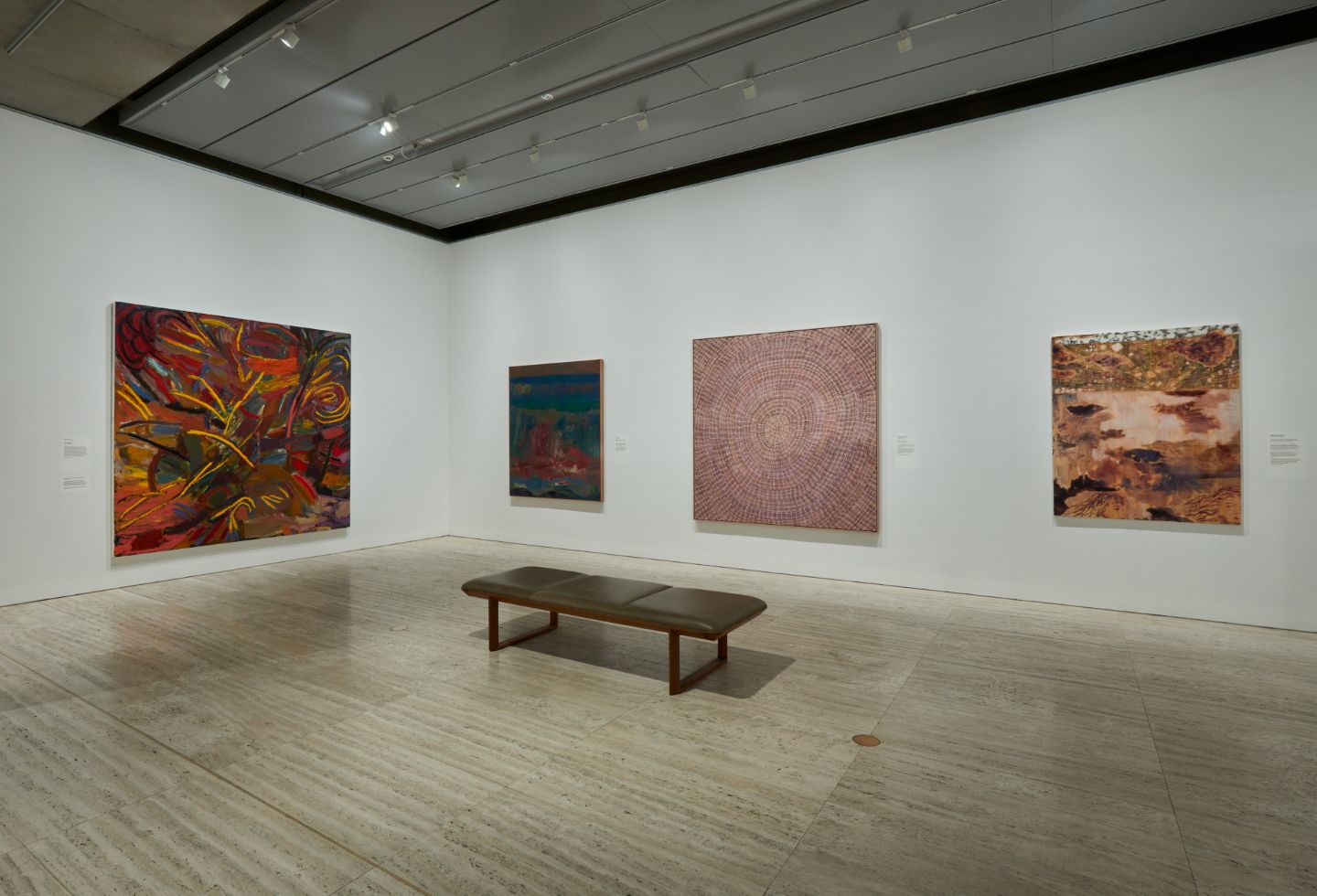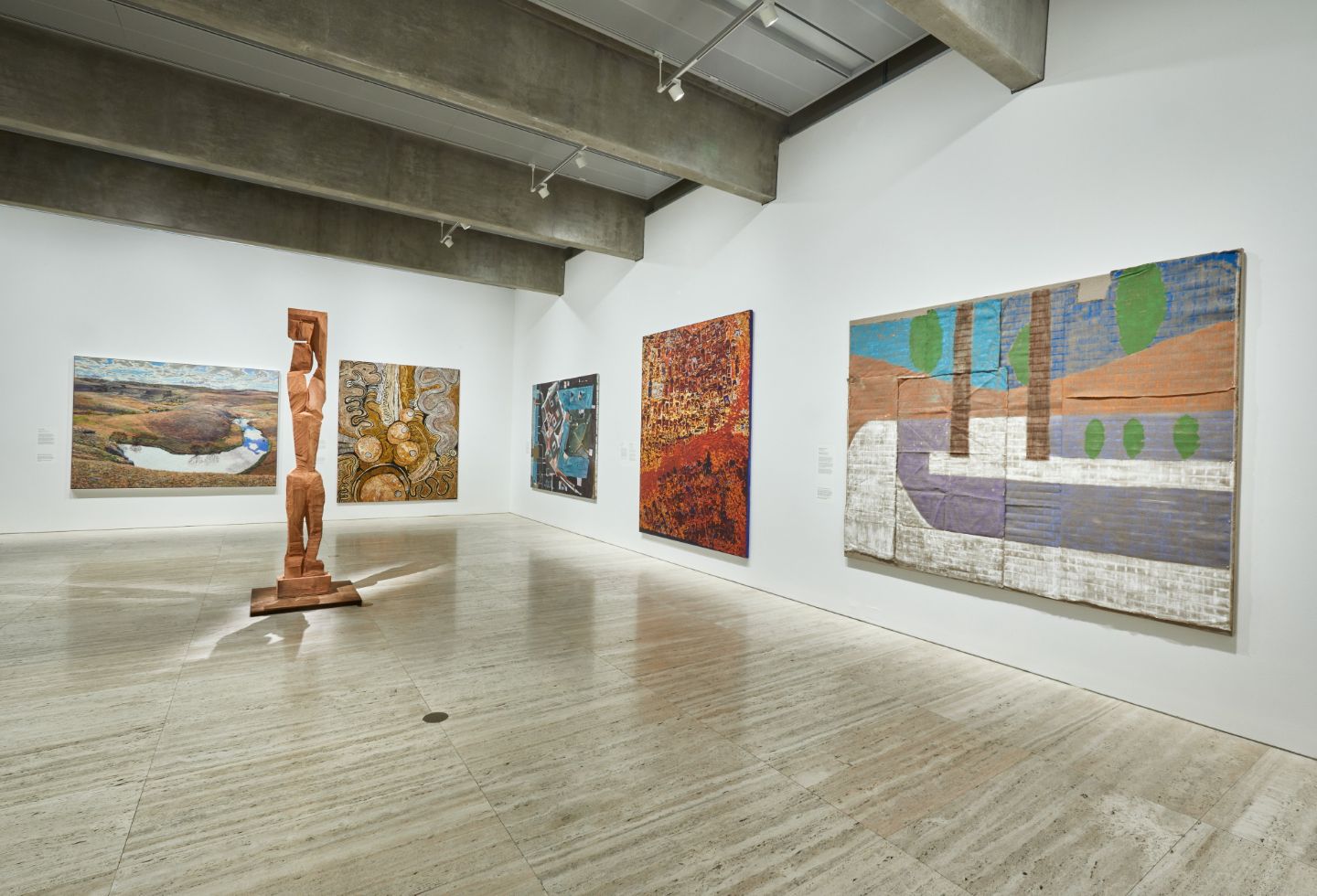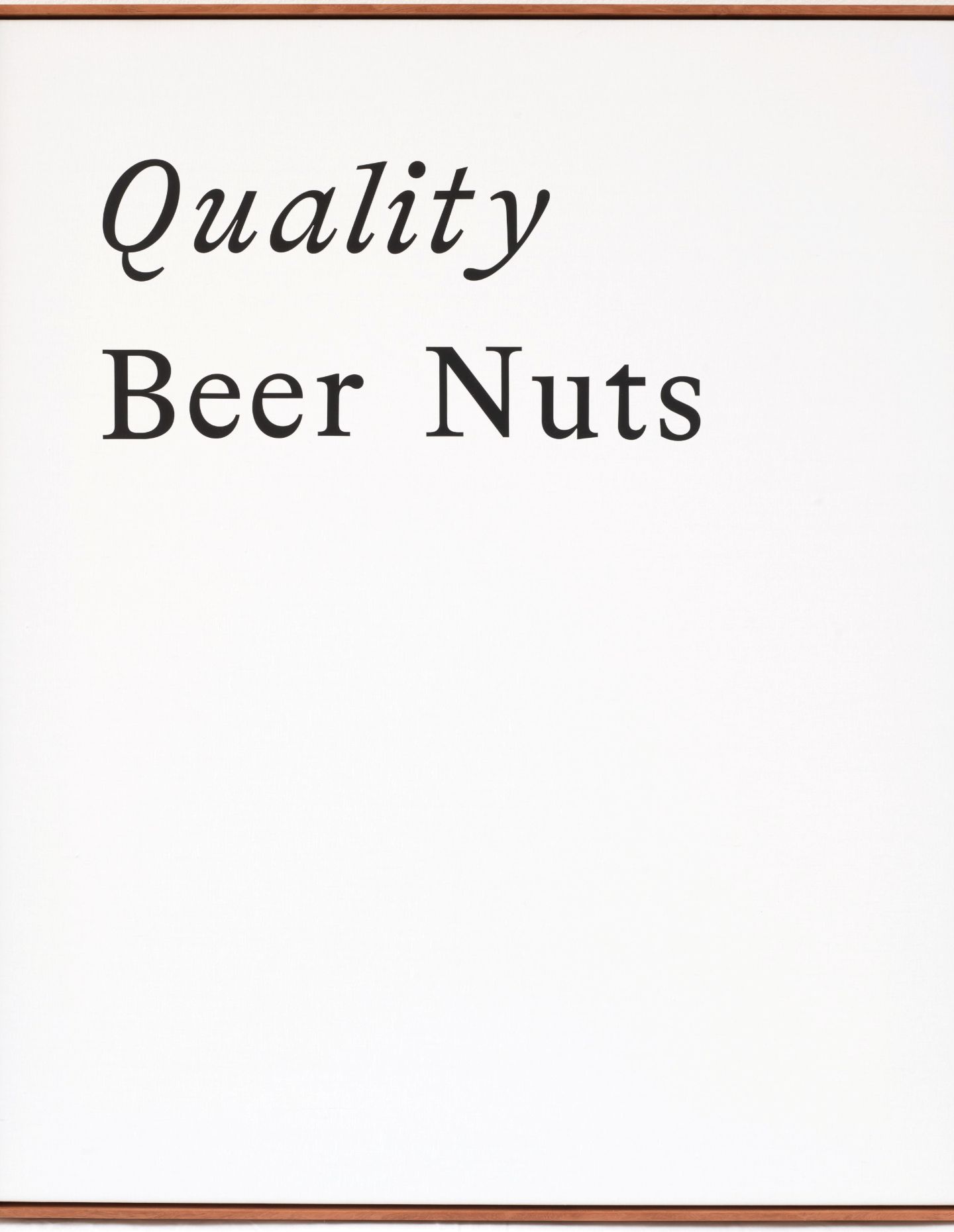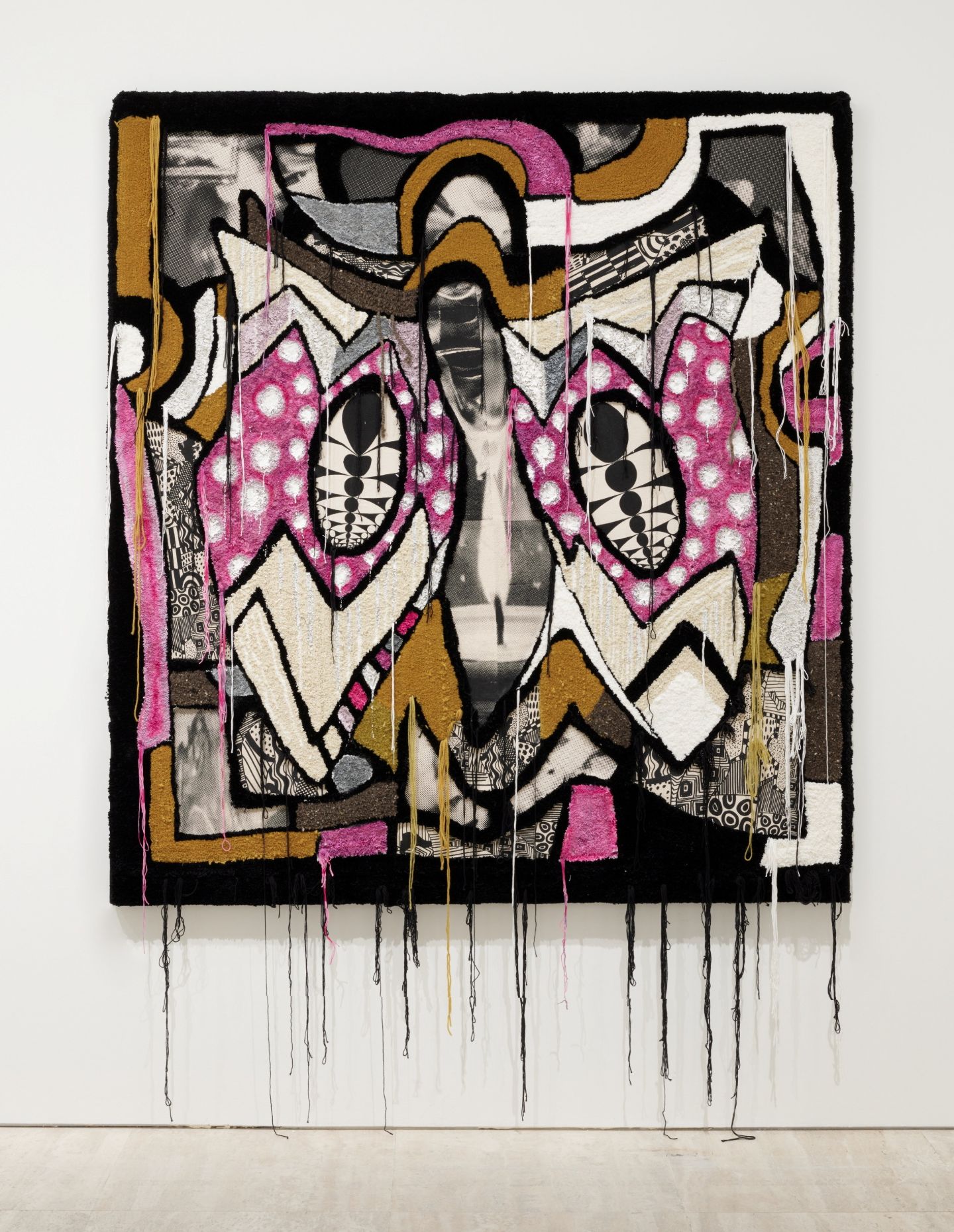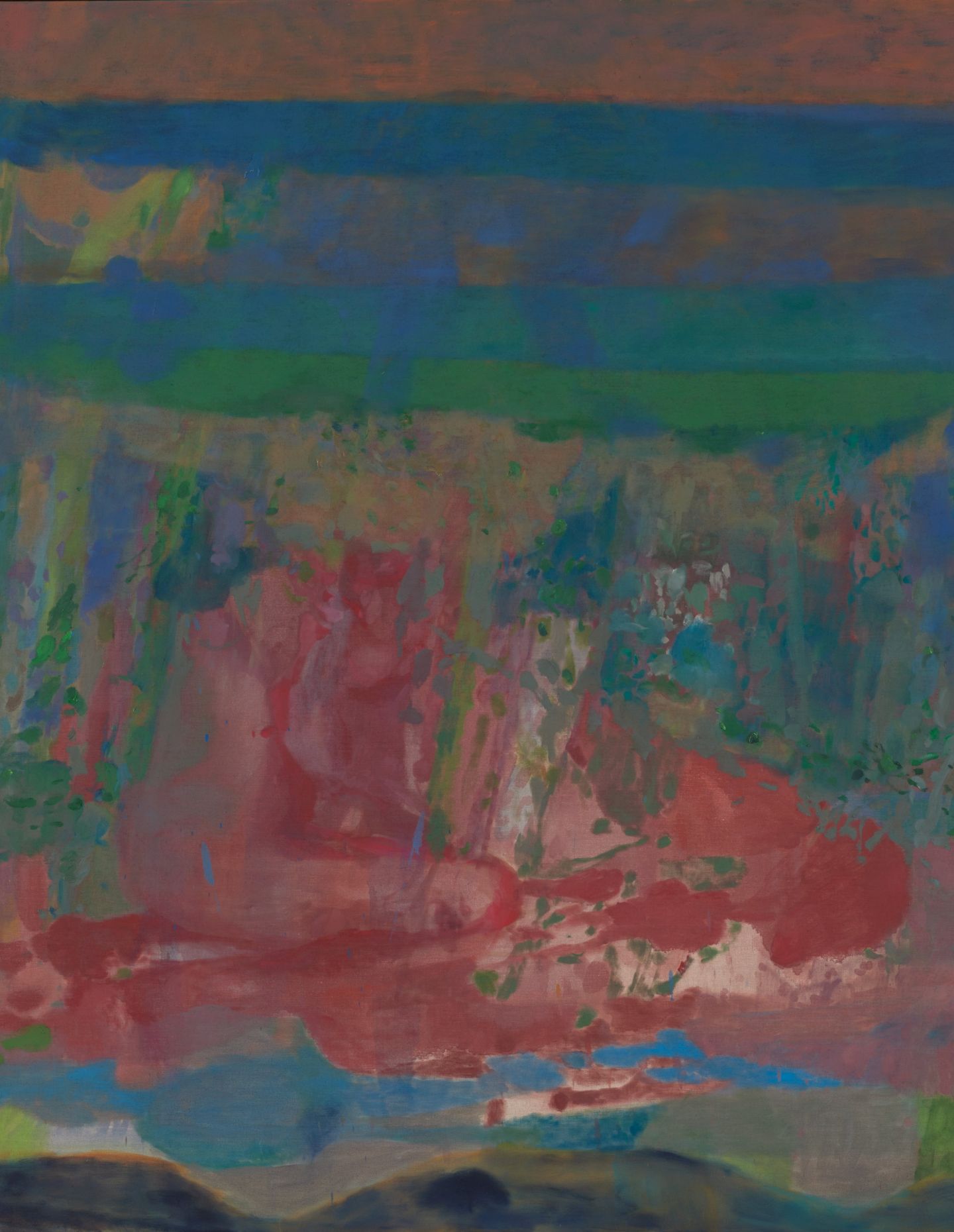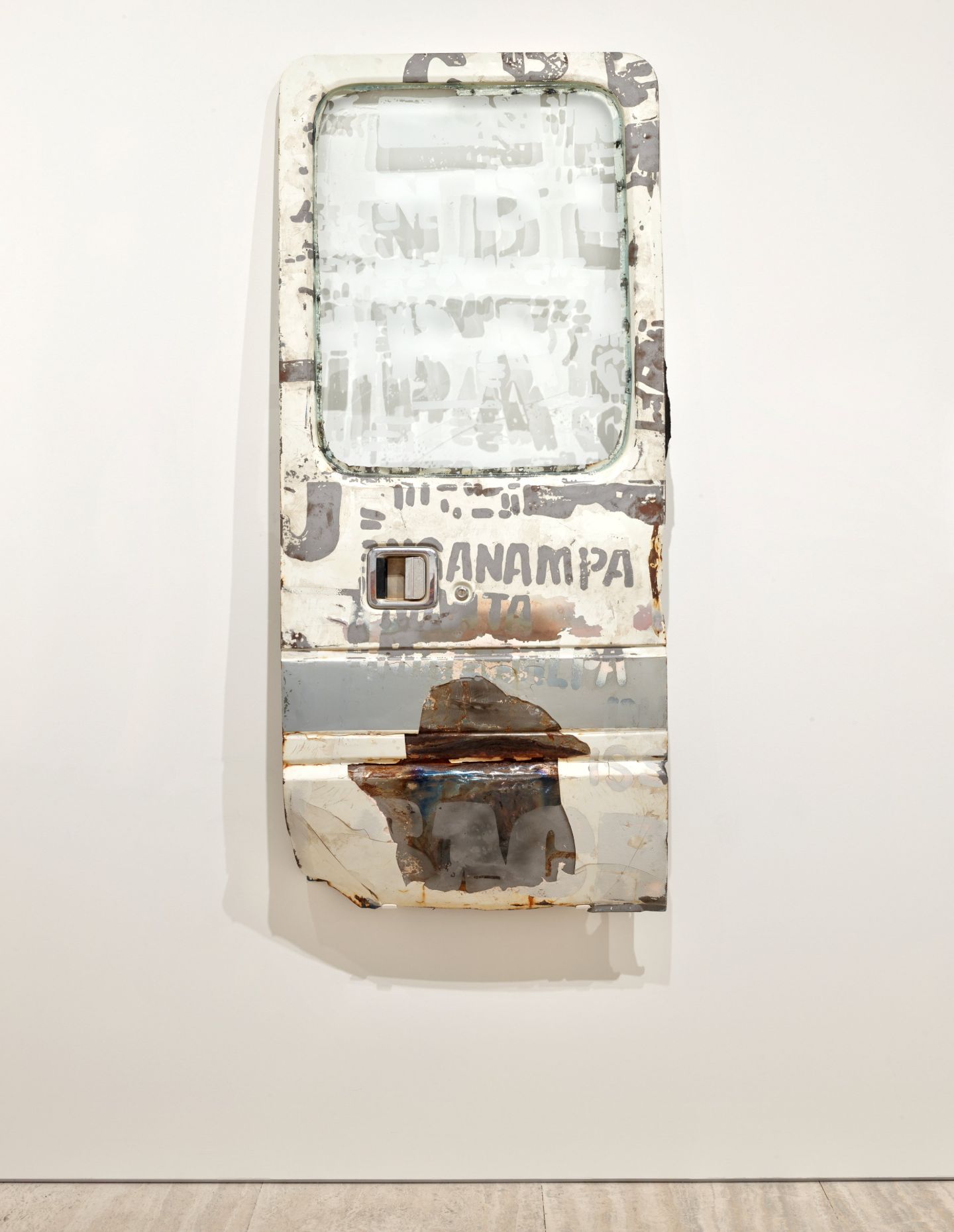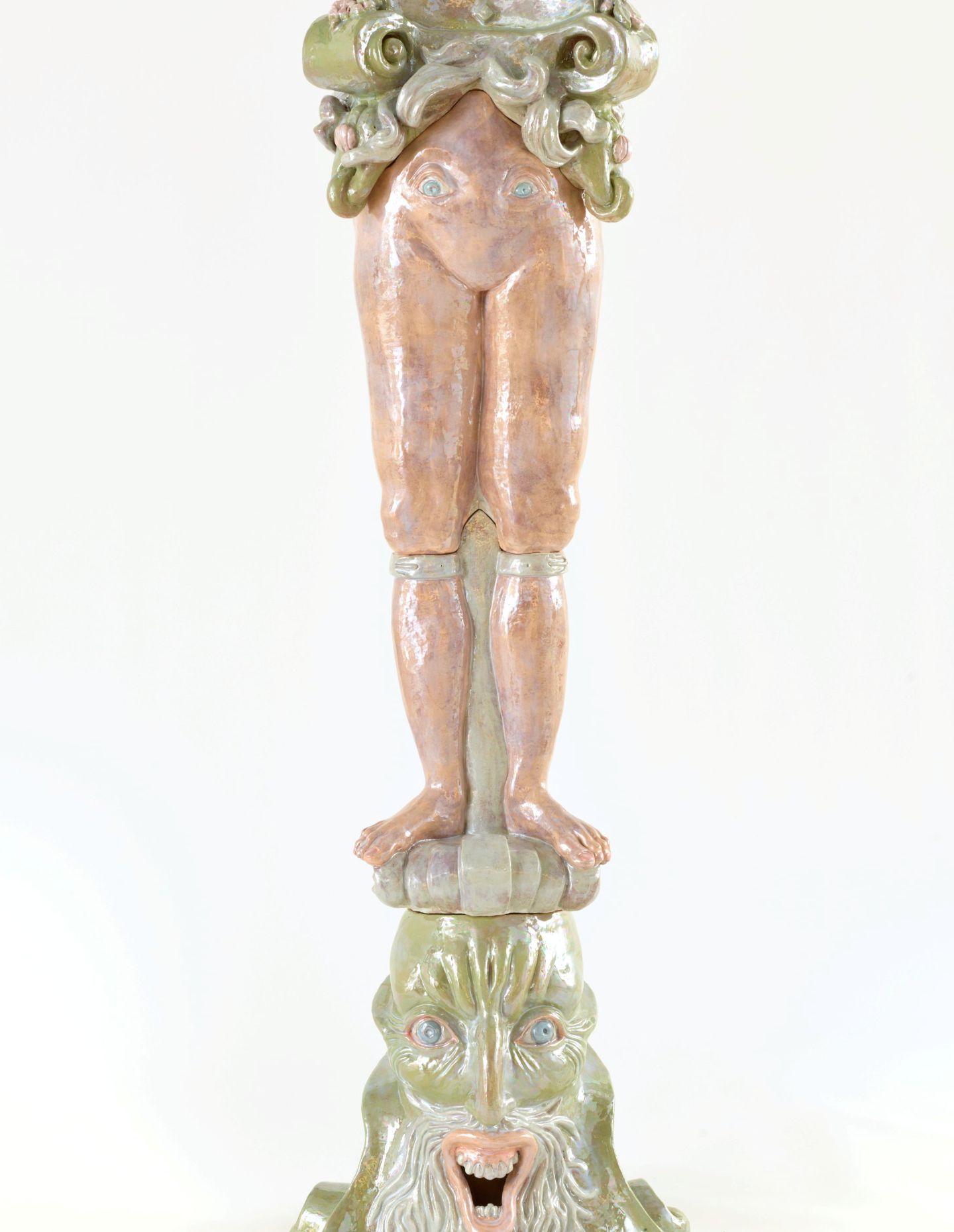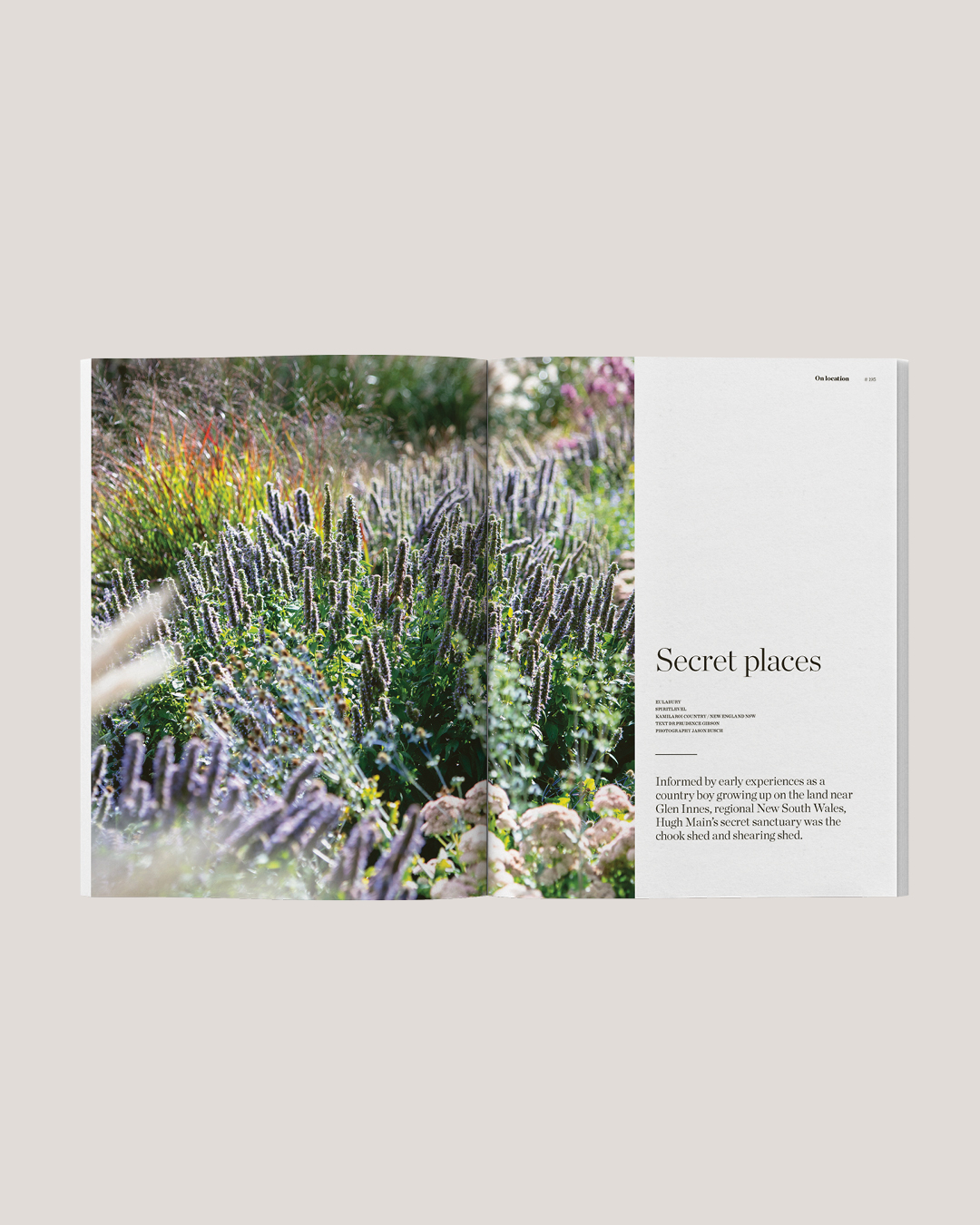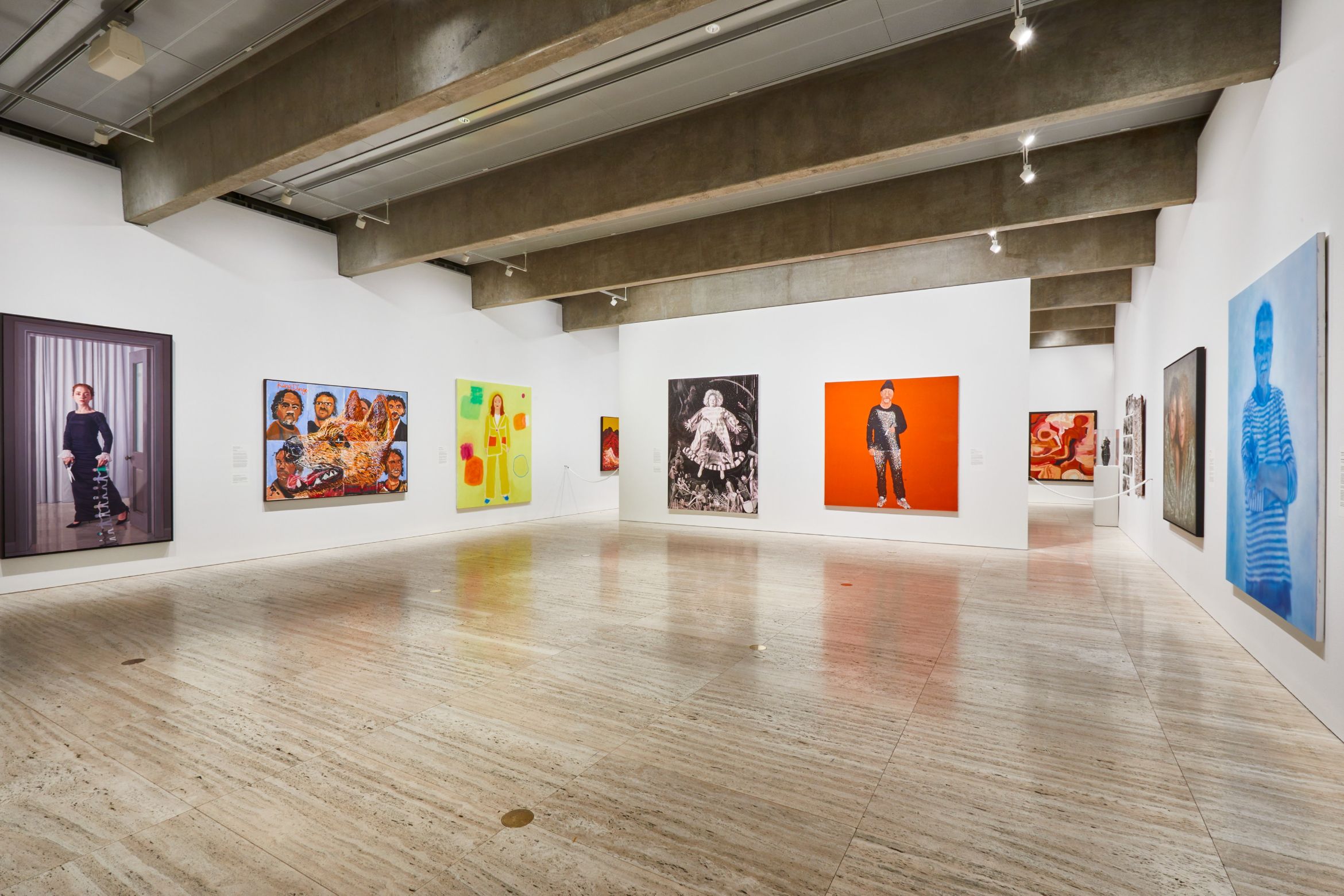The 2025 Archibald, Wynne and Sulman Prizes are this year without controversy and continue the reinvigoration seen in recent years. While the Archibald repeatedly remains the water cooler topic of conversation, it is often the Wynne and Sulman prizes that contribute significantly to a stimulating exhibition experience and offer discoveries for wide-ranging audiences.
The Archibald Prize, awarded annually to the best portrait – ‘preferentially of some man or woman distinguished in art, letters, science or politics, painted by any artist resident in Australasia’ – saw 903 entries this year, with 57 finalists selected by the Trustees of the Gallery. Brisbane artist Julie Fragar was awarded the prize for her large scale and dazzling portrait of fellow Brisbane artist, friend and colleague Justene Williams, titled Flagship Mother Multiverse (Justene).
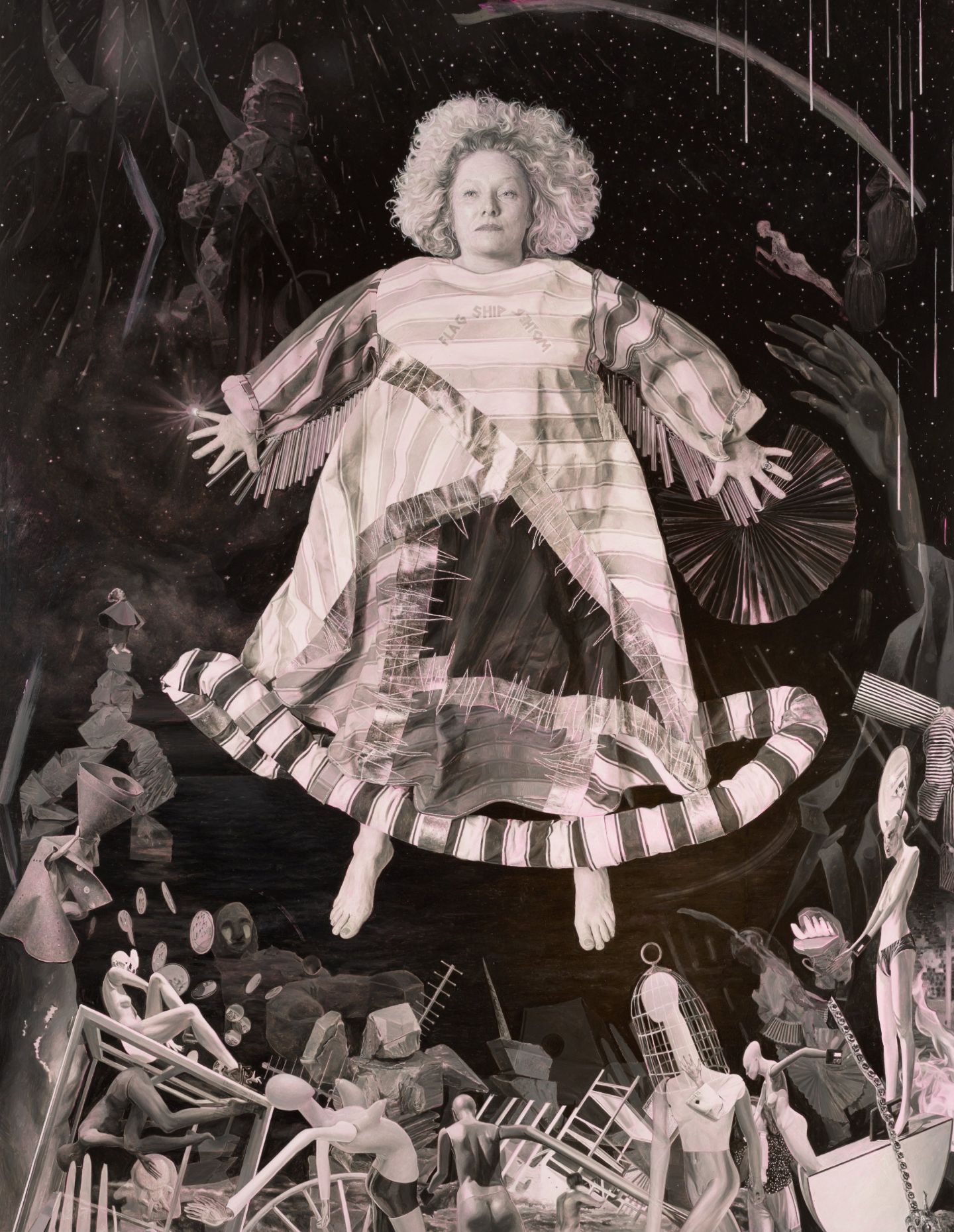
Fragar’s painting offers a compelling meditation on the dual demands of artistic practice and motherhood. “The work is a reflection on the experience of making art to deadlines, and the labour and love of being a mother,” Fragar states. “‘Flagship Mother’ comes from Justene’s recent endurance performance in New Zealand, which was about the labour of ‘getting by.'” Both artists are highly respected and have had a long friendship since university days, lending an intimacy and insight to the portrait that clearly resonated and is the clear frontrunner.
Nevertheless, other notable entries include self-portraits by Tsering Hannaford and Clare Thackway where their technical skill and ability to convey a presence is highlighted. In terms of celebrity subjects, Sally Ryan’s arresting portrait of author Kathy Lette brilliantly captures the icon’s essence and vibrant personality.
The Wynne Prize, comprising ‘landscape painting of Australian scenery, or figure sculpture’, attracted 758 entries this year, with 52 finalists selected. Sydney artist Jude Rae has been awarded the prize for her painting Pre-dawn sky over Port Botany container terminal, a masterful work.
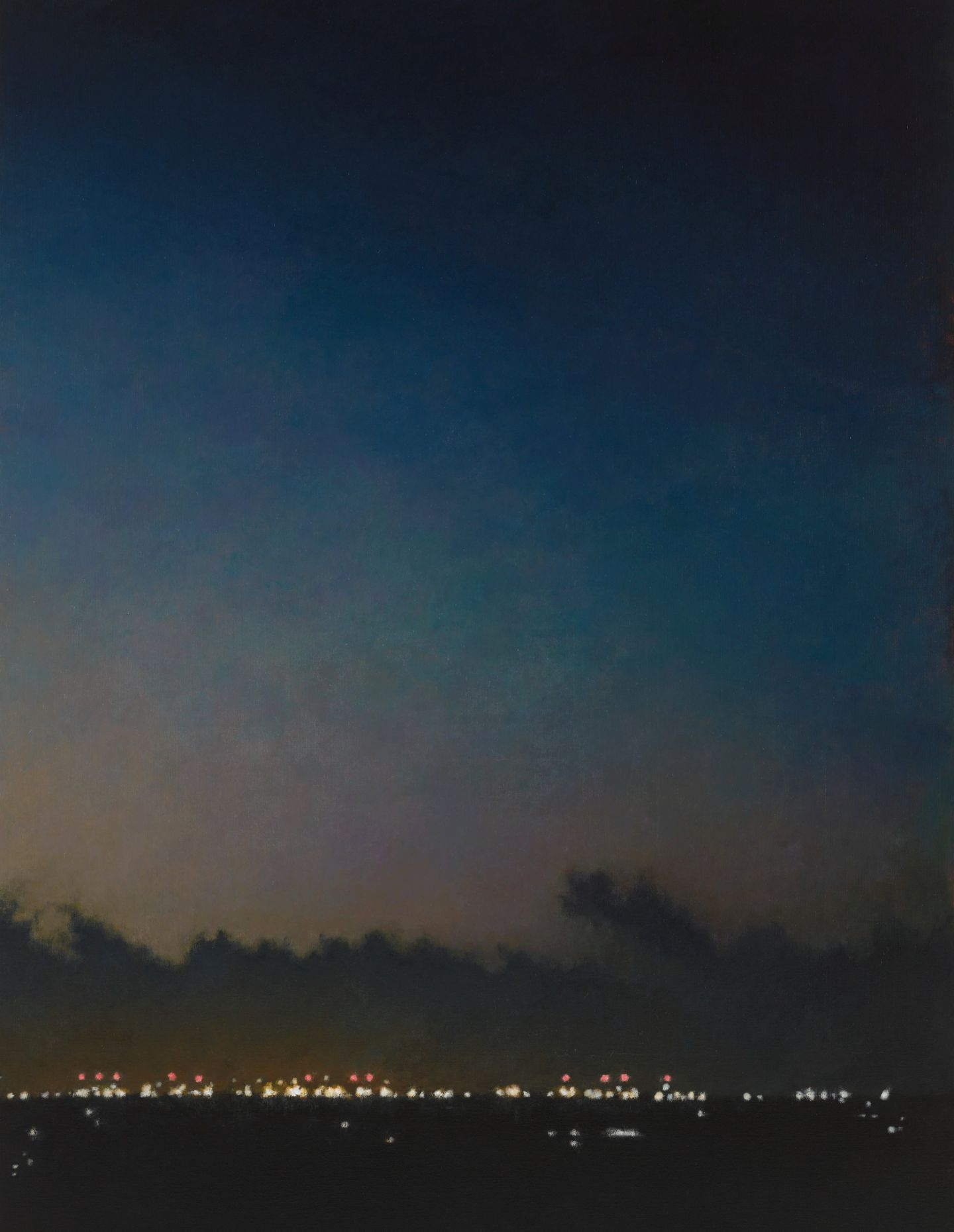
For Rae, this view towards Sydney’s Botany Bay, or Kamay, is laden with historical significance as the birthplace of colonial Australia. Her sightline from the inner Sydney suburb of Redfern to the site of Captain Cook’s first landing in Australia was also a traditional corridor used by Aboriginal people to access the bay. “There is something compelling about the constantly flashing gantry lights and the floodlights blasting away in those hours just before dawn,” Rae states. “I am up at various times and love to watch the pre-dawn light, when the sky is just starting to change colour.”
Moreover, the Wynne Prize this year presents a particularly stimulating array of sculpture. Works by Heather B Swann, Michael Snape, Tim Silver and Cybele Cox are highlights, demonstrating the breadth and depth of contemporary Australian practice. Importantly, Indigenous art features prominently, with striking contributions from Yolgnu artist Yalmakany Marawili and Pintupi artist Angus Tjungurrayi.
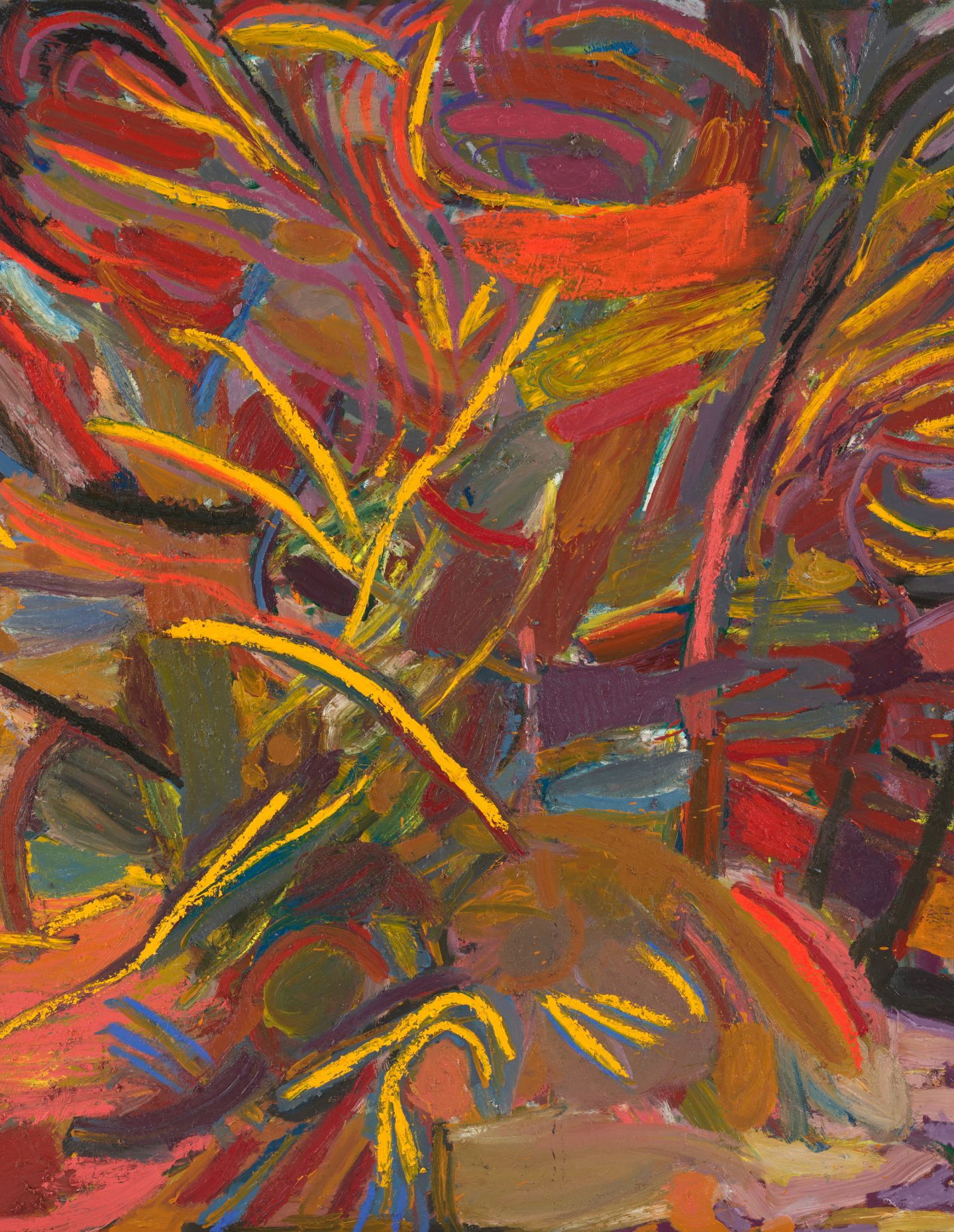
The Sir John Sulman Prize, awarded to ‘the best subject painting, genre painting or mural project’ attracted a record 732 entries in 2025, with 30 finalists selected. This year’s Sulman judge, Sydney artist Elizabeth Pulie, awarded the prize to Gene A’Hern for his work Sky painting. Other standout works in the Sulman Prize exhibition include pieces by Sarah Contos, Robert Fielding (Pakistani, Afghan, Western Arrernte and Yankunytjatjara descent), and Amber Wallis, whose painting Red figures merging into the land reveals a maturity of touch.
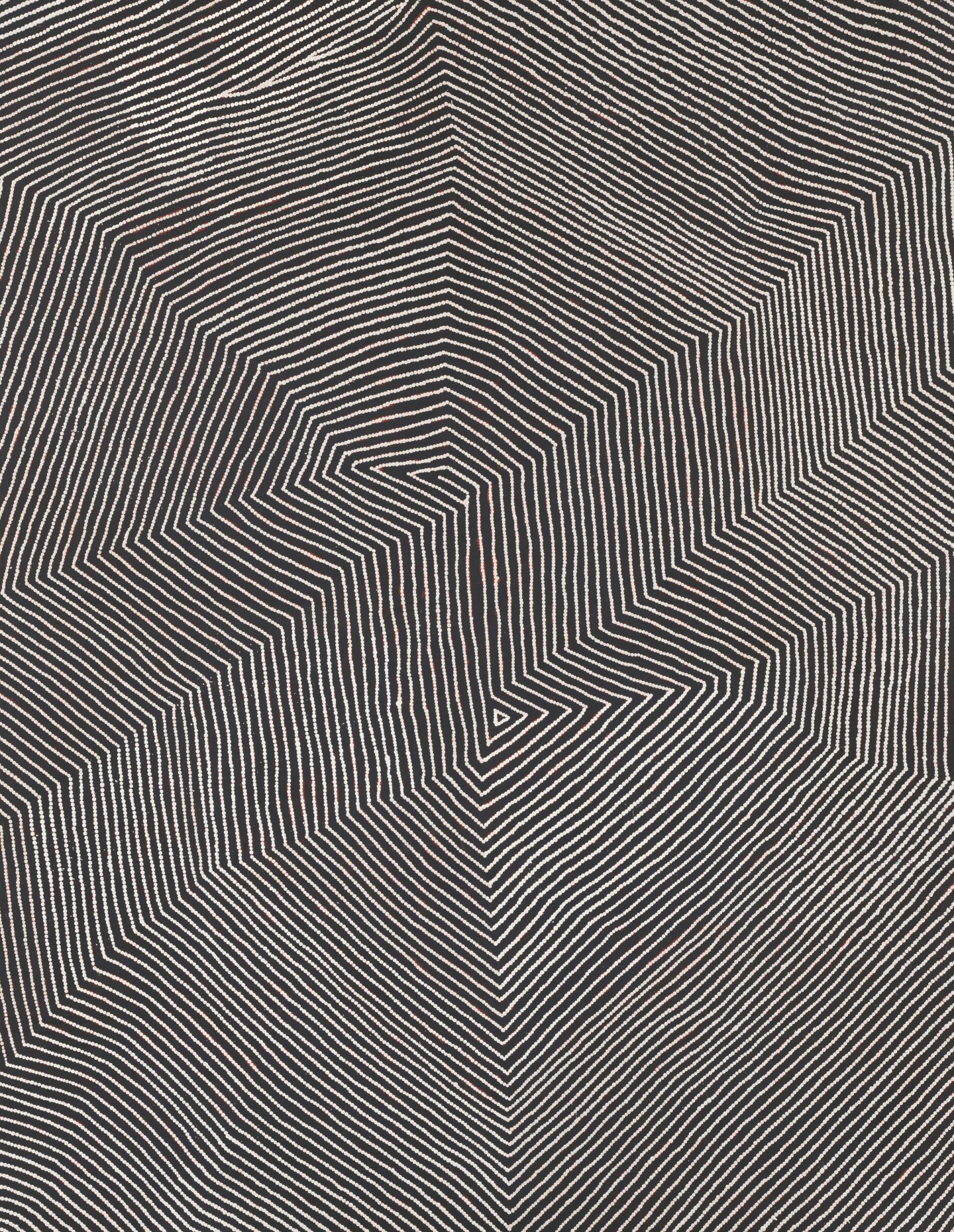
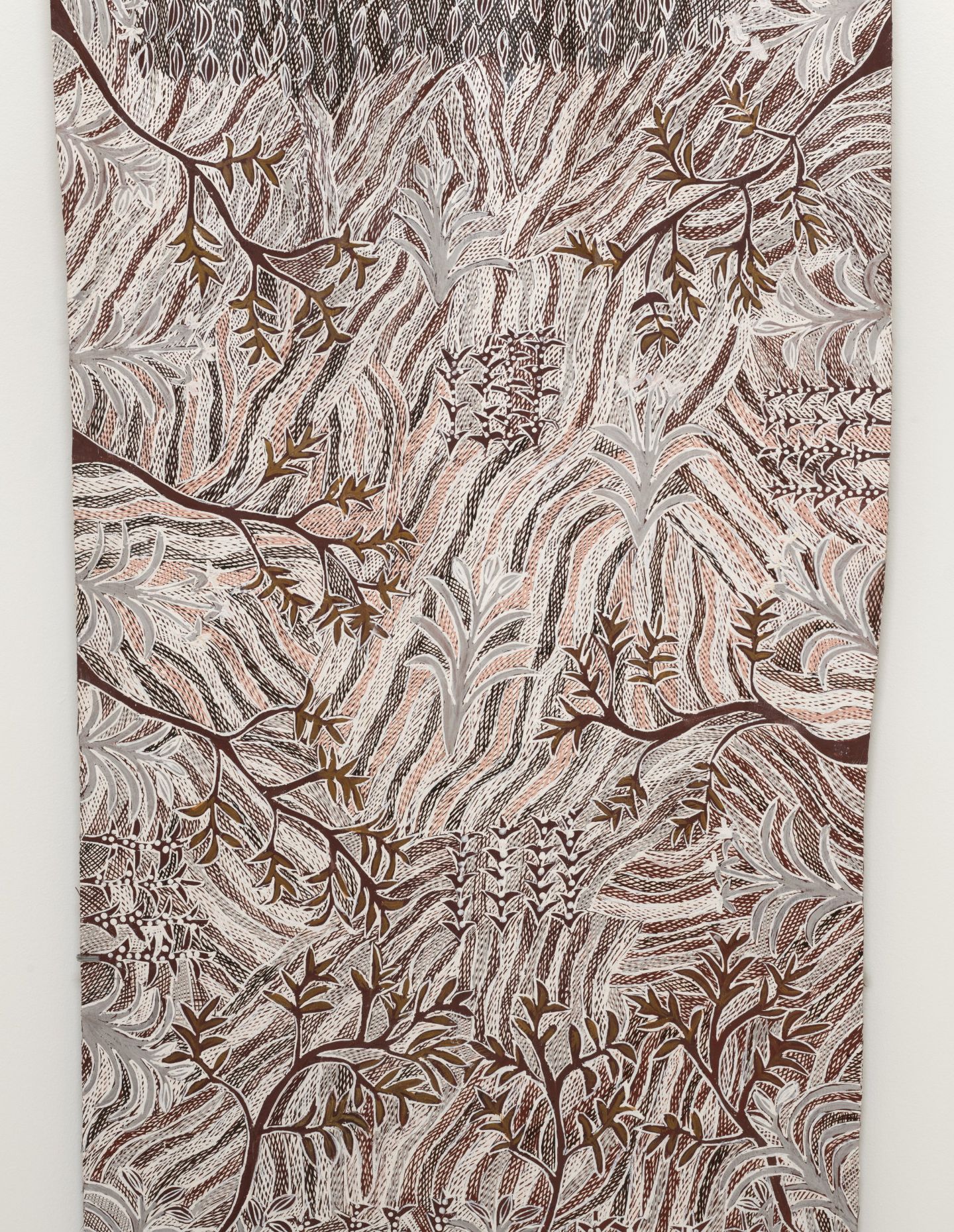
The curation of this year’s exhibition deserves special mention. In her debut these prestigious prizes, Beatrice Gralton, Curator of Australian Art, has created a dynamic dialogue across the three prizes, with thoughtful juxtapositions that invite visitors to consider connections between seemingly disparate artistic expressions. Gralton states: “One of the challenges for the curator is to try and make sense of three very different bodies of work… to be able to draw out the stories of each of the works through the hang; imagine how the artist will feel coming in to see their work and whether they would feel supported by the institution.”
The challenge for these exhibitions is to remain relevant and forward-looking. The 2025 exhibition is particularly successful in this regard, offering much to be enjoyed, debated, and experienced. Whether drawn to the familiar faces of the Archibald, the evocative landscapes and sculptures of the Wynne, or the experimental approaches of the Sulman, this year’s exhibition rewards close attention.
